10 Things you didn’t know about Soweto Township in South Africa
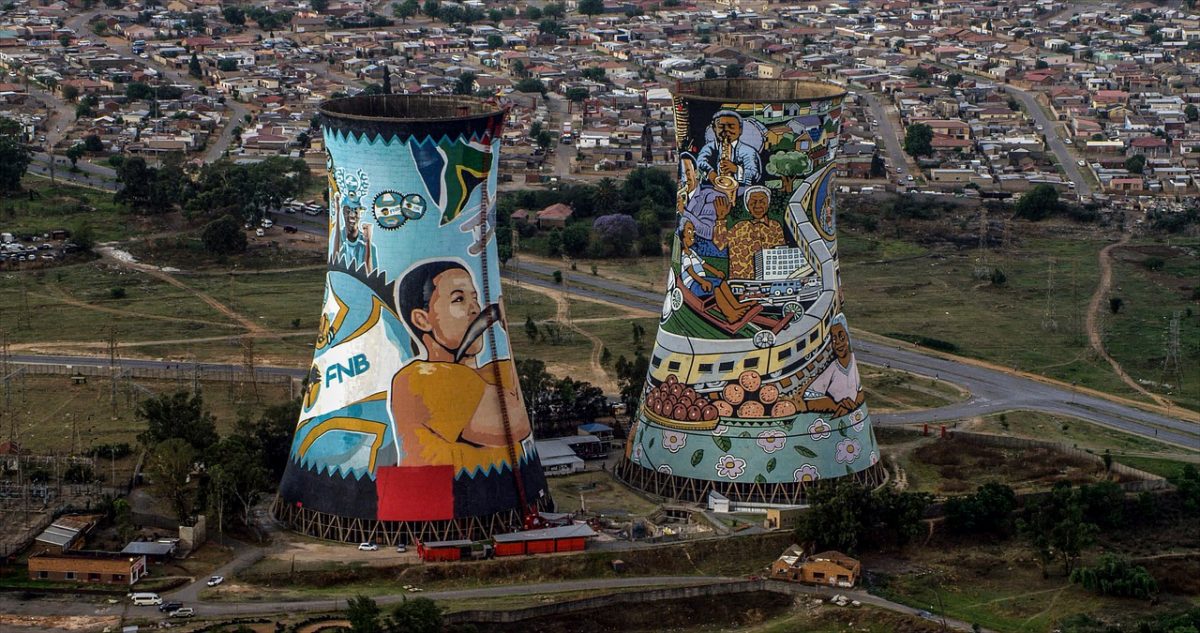
From its political and revolutionary movements to its iconic Jazz Festivals and vibrant mix of cultures, cuisine and languages, Soweto has grown to become one of South Africa’s most prominent attractions. Whether you’re bungee jumping from former power station turned 100m graffiti canvas or strolling through the Township that birthed the Freedom Movement. Soweto is a Township that describes black culture and freedom.
1. Soweto was initially created to house black workers working in Gold mines
The Apartheid government gave Soweto its name from the acronym “South Western Township” after its position relative to the City of Johannesburg. Initially, Soweto emerged in 1930 as a Township to house migrant black workers working in gold mines. The sprawling township, as it’s known due to its cluster of interconnected townships, quickly grew due to the Apartheid system needing more space for black people. Once established as a permanent Black area, Soweto grew astonishingly quickly to house more than two million people.
2. Soweto has developed its own slang
The huge influx brought in people from many different Homelands thus creating a melting pot of different languages and cultures. This beautiful cosmopolitan township developed its own street slang called “Tsotsi Taal” (Gangster Language). Formed from a mix of several black languages and Afrikaans it evolved amongst many generations and is still spoken today. Tsotsi Taal grew to be used in many other black and coloured townships across South Africa.
3. Soweto was at the heart of the fight against the apartheid
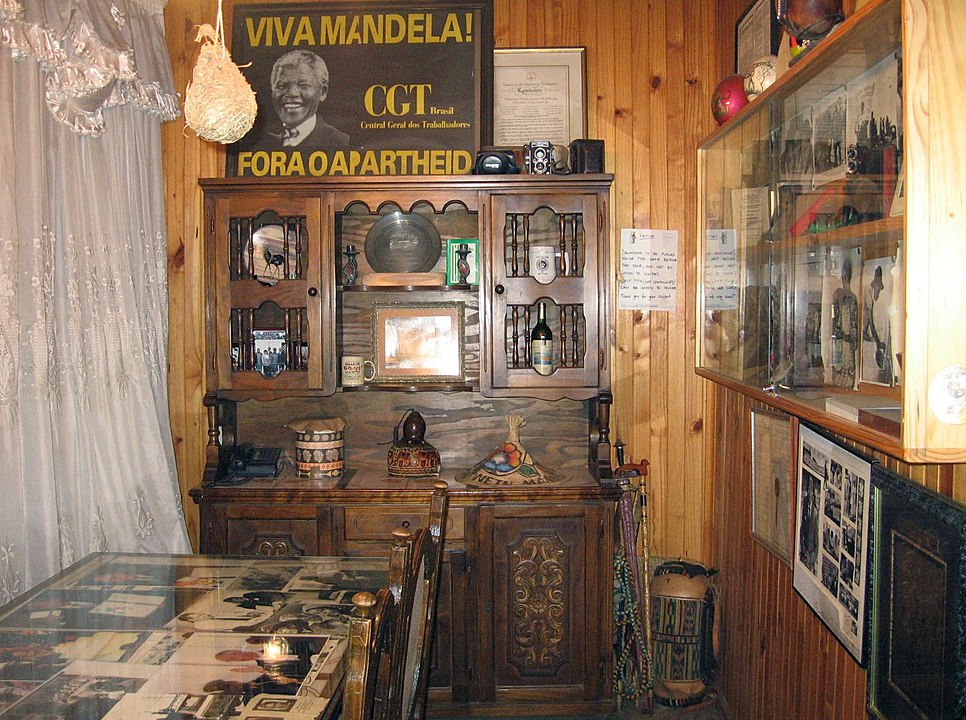
As you wander along the Soweto route, you will see many structures, museums and artworks depicting black people’s fight against Apartheid. Most of the fight against the Apartheid government was fought in Soweto, and it was not pretty. From forced evictions to the assassinations of revolutionary black leaders, Soweto has a dark history before 1994. This gave rise to many black leaders including Nelson Mandela, Winnie Madikizela-Mandela, Desmond Tutu and many others that centred their fight from within Soweto. The birthplace of The Freedom Charter of South Africa was actually in Kliptown, Soweto. Here it was composed and read out to over 3000 people from all races before being broken up by heavily armed police. Nelson Mandela himself was not allowed to attend the ceremony due to police crackdowns so he disguised himself as a milkman to witness the historic event.
4. Between 176 and 700 people were killed during Soweto Uprising in 1976
Before 1976 the world was completely oblivious or just couldn’t care less about the struggle of black South Africans, up until the Soweto Uprising. The Soweto Uprising was a series of protests by black school children rebelling against the use of Afrikaans as the medium of learning in schools. Afrikaans is often expressed as the “Language of Oppression” back then and often in our schools today. On the morning of 16 June 1976 between 10 000 and 20 000 black students took to the streets to protest against the oppressive use of Afrikaans. Many school children were shot and killed by automatic rifles used by the police. A photograph taken showing the dying body of 12-year old Hector Peterson went global which prompted international pressure on the Apartheid Government.
5. Two Nobel Prize winners are from Soweto

Moving onto a less political milestone, Soweto has quite a lot of interesting records. Vilakazi Street in Orlando is the only street in the world to house two Nobel Peace Prize winners. The house of Nelson Mandela and Archbishop Desmond Tutu lie in the same street a few metres from each other. So I guess Mandela could walk over and compare Nobel Prizes with Archbishop Desmond Tutu whilst drinking a cup of tea on the Porch back in the day. Madiba’s house has been turned into a Museum whilst Archbishop Desmond Tutu still resides in his home. In that same neighbourhood, you can spot Winnie Madikizela-Mandela’s house, the Sisulu residence as well as The Hector Petersen Memorial Museum.
6. Bungee Jumping…from a Power-plant?
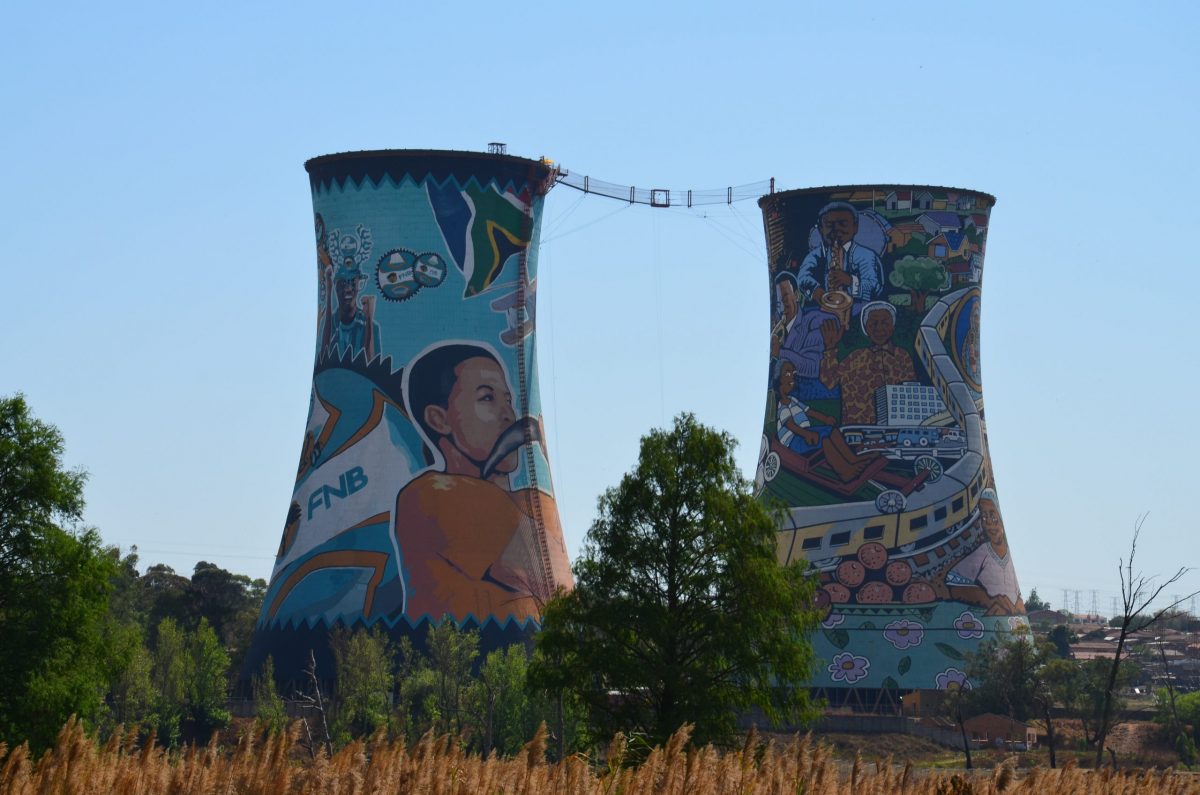
Oh yes, the cooling towers of the Decommissioned power plant in Orlando, Soweto are used for Bungee and BASE jumping. Dubbed the Soweto towers, the two towers are the biggest Murals in South Africa. They are painted in very vibrant colours, an ode to the very colourful colours used in black cultures.
7. Soweto is also home to our culture
It is quite easy to be mesmerised by the fast pace of the detribalised and streetwise youth in Soweto. But we need not forget our cultural and ancestral roots. When in need of African traditional medicine or knowledge we can head on over to The Credo Mutwa village, there we will find Credo Mutwa himself (A famous Zulu Shamon). Famous for predicting the assassination of Chris Hani in 1993 as well as 9/11 in New York, Credo Mutwa has lead a humble life healing people through indigenous methods, fighting white supremacy and passing on knowledge about Zulu shamanic practices. His village in Soweto showcases his sculptures and artworks. A visit to the village is a journey through the life of this intriguing sangoma and his work in conservation, an exhibition of the role traditional African culture plays within the urban environment.
8. Soweto is still the mirror of inequality in South Africa
Let’s take a scenic route through Soweto, driving past the tourist attractions we arrive at Diepkloof Extension. Here we see the very affluent community of the black middle class with beautiful houses and parks. Further down the road, we see the central part of Diepkloof where “Matchbox” houses contrast with the mansions of Diepkloof Extension. Although Soweto is a bustling metropolis with museums, restaurants and tourist attractions, the township expresses the true inequality of South Africa. From the original makeshift shacks in Orlando to the lavish mansions of Diepkloof you are sure to see the imbalances of South Africa’s people.
9. Sounds and music like Soweto
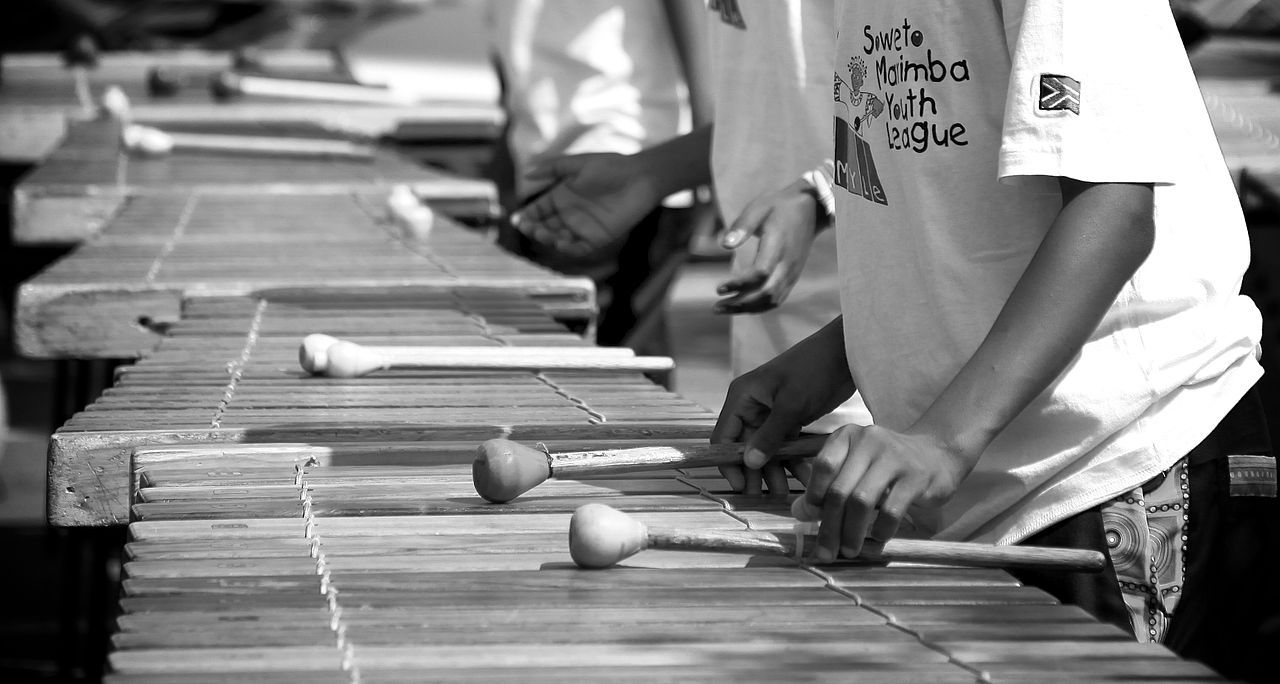
The Soweto International Jazz Festival is an annual event showcasing the township’s Music, Art, Cuisine and History. The four-day festival celebrates Soweto’s rich cultural and political history. Local giants, as well as Grammy Award-winning musicians from around the world, take to the stage to bless us not only with Jazz but also Soul, R&B, Reggae etc. On many streets and taverns before the Soweto Jazz Festival formed you could hear a genre of music that originated in Soweto. Kwaito as it is known, was a genre that emerged in the ’90s that blended House music, Hip-Hop and traditional fast-paced beats. It was hot in the ’90s but has since lost its momentum. The elements of Kwaito musicians are still very evident in dancers today, from the Chuck Taylor All-Stars (Usually very colourful) to the bucket hats and colourful clothing. When a dancer graces the stage in such an outfit we can expect quite the performance.
10. Black thrives
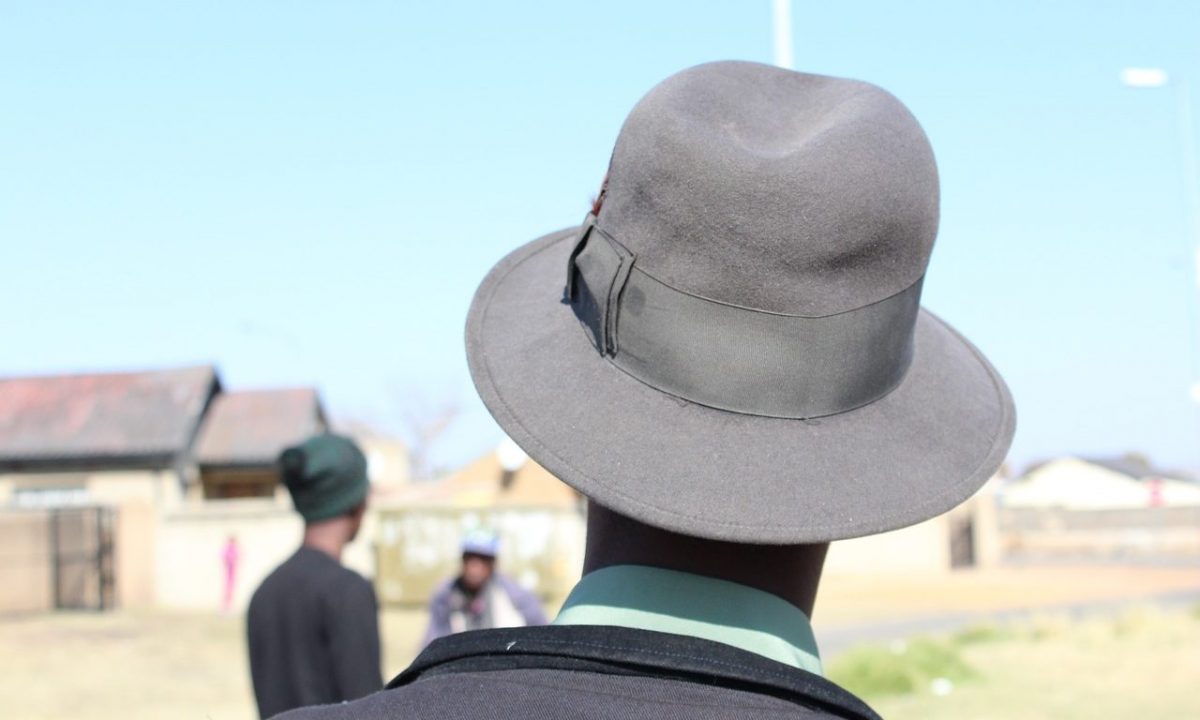
The Apartheid Government originally didn’t allow any industrial development in Soweto so the township lagged in employment opportunities. Most resident travel to other parts of Johannesburg for work, but those without opportunities have made their own. The people of Soweto have taken full advantage of the bustling tourism industry in South Africa. Businesses have opened up that have targeted both local and international tourists. Museums, cafes and restaurants showcasing black culture have brought an income to thousands of residents in Soweto.
On your next trip to Soweto, ditch the tour guide and explore the streets. Put on your All-Stars, learn tsotsi taal and dance with my people under the Sowetan Sun. Let’s take a taxi down Vilakazi Street, you and I will have a cup of tea with a Nobel prize winner.
What's Your Reaction?
Mxolisi Ndlovu is a 19-year old writer from Pretoria, South Africa. Started writing blogs for fun but quickly turned his passion for writing into a way to pay for Flight School. He loves airports, airplanes and basically anything in the sky above him.






